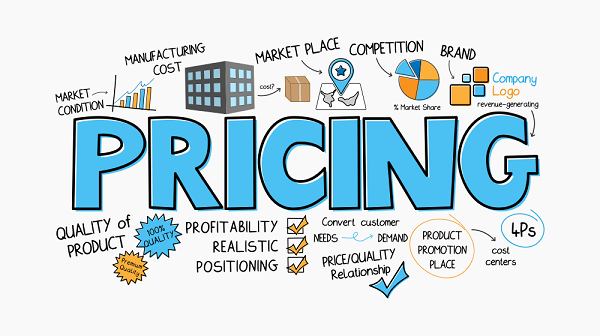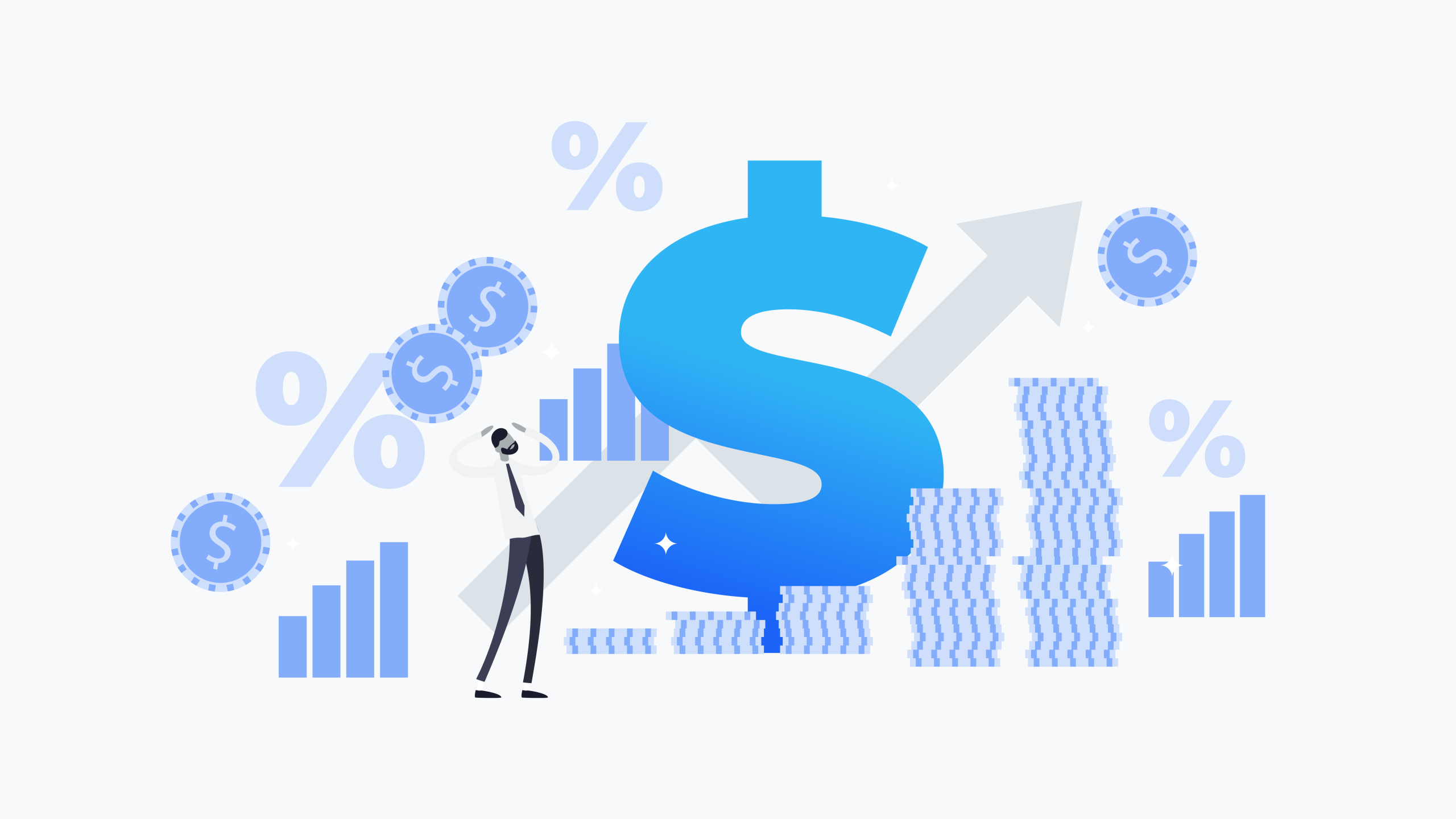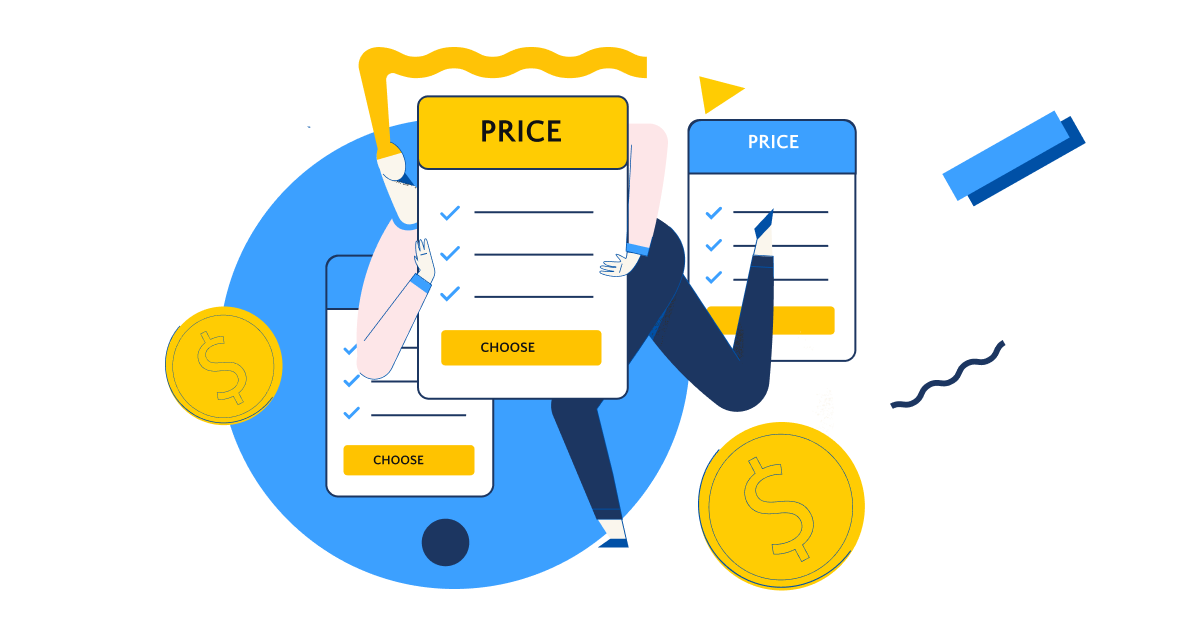In the competitive world of business, getting your pricing right is crucial. Your pricing strategy can make or break your success, impacting everything from customer acquisition to profitability. This comprehensive guide equips you with the knowledge and tools to develop a winning pricing strategy that maximizes your sales and revenue.
Why Your Pricing Strategy Matters
Price is a fundamental element of the marketing mix, influencing customer perception, purchase decisions, and ultimately, your bottom line. An effective pricing strategy balances several key factors:
- Profitability: A business exists to make money, and your pricing strategy needs to ensure you cover all your costs (materials, labor, overhead) and generate a healthy profit margin. Without profitability, your business won’t be sustainable in the long run.
- Customer Value: Price is a major factor in a customer’s decision-making process. They need to perceive the value of your product or service to be equal to or greater than the price you’re charging. Understanding your target customer and what they value is essential for setting a price that resonates with them.
- Market Competition: You don’t exist in a vacuum. Knowing your competitors’ pricing strategies and how they position their value proposition is crucial. You need to be priced competitively while still maintaining your unique selling points.
Common Pricing Mistakes Businesses Make (and How to Avoid Them)
- Underpricing: Leaving money on the table by not charging what your product or service is truly worth. This can happen due to a lack of understanding of your production costs or the value you deliver. To avoid this, conduct thorough cost analysis and research competitor pricing while focusing on the unique benefits you offer.
- Overpricing: Pricing yourself out of the market and deterring potential customers. This can occur if you solely focus on competitor pricing without considering customer value perception. Extensive market research and understanding your target customer’s willingness to pay are crucial to setting prices that are attractive yet profitable.
- Inconsistent Pricing: Having a confusing or unfair pricing structure that erodes customer trust. Inconsistent pricing can be the result of a lack of defined strategy or failure to consider different product variations or customer segments. Develop a clear pricing strategy that outlines pricing for various products, services, and customer groups.
- Failing to Adapt: Not adjusting your pricing strategy based on market changes and customer feedback. The market is dynamic, and customer preferences can evolve. Regularly monitor industry trends, competitor pricing, and customer feedback to ensure your pricing strategy remains relevant and competitive.
Understanding Your Business and Market
1. Identifying Your Target Customer: Who Are You Selling To?
Understanding your ideal customer is critical for crafting a pricing strategy that resonates with them. Consider factors like:
- Demographics: Age, income level, and location can influence how much a customer is willing to spend.
- Needs and Pain Points: What problems are you solving for your customers? Understanding their needs allows you to price your solution based on the value it delivers.
- Buying Habits: How much are they willing to spend on similar products or services? Researching typical spending patterns within your target market helps you set prices that align with their expectations.
2. Analyzing Your Competition: Understanding the Pricing Landscape
Research your competitors’ pricing strategies. This includes:
- Price Points: How much are they charging for similar products or services? Benchmarking competitor pricing allows you to position your offerings competitively.
- Value Propositions: What are their unique selling points, and how do they justify their pricing? Understanding how competitors communicate value can inform your own pricing strategy.
- Promotional Offers: Do they offer discounts, bundles, or other pricing incentives? Analyzing competitor promotions can help you develop targeted promotions to attract customers.
3. Calculating Your Costs: Direct Materials, Labor, and Overhead Expenses
A clear understanding of your costs is essential for setting profitable prices. Factor in:
- Direct Costs: Materials, labor, and production expenses directly related to your product or service. Knowing your direct costs allows you to calculate the minimum price needed to cover production.
- Indirect Costs: Overhead expenses like rent, utilities, and marketing that support your overall business operations. Factoring in indirect costs ensures your pricing strategy generates enough revenue to sustain your business.
Developing Your Pricing Strategy
This section covered various pricing strategies you can consider, including:
- Cost-Plus Pricing: A straightforward approach where you add a desired profit margin to your total costs to arrive at a selling price. This is a good starting point, but it doesn’t account for customer value perception.
- Value-Based Pricing: This strategy focuses on the perceived value your product or service delivers to the customer. Consider the benefits, outcomes, and how your offering solves their problems to determine an appropriate price.
- Market-Based Pricing: Align your prices with what your competitors are charging for similar products or services. This strategy can be helpful in established markets with well-defined pricing structures, but it’s crucial to consider your unique value proposition as well.
- Penetration pricing: This is a strategic approach where you set a lower introductory price for your product or service compared to its long-term planned price. This strategy aims to achieve several key objectives.
- Premium Pricing: Position your products or services as high-end and exclusive, justifying a higher price point through superior quality, brand reputation, or unique features. This strategy works well for luxury goods or niche markets where customers value exclusivity and prestige.
Advanced Pricing Strategies
Beyond the core pricing models, consider these advanced tactics:
- Bundle Pricing: Offer combinations of products or services at a discounted price compared to buying them individually. This incentivizes customers to purchase more and can help move slower-selling items.
- Freemium Model: Provide a basic version of your product or service for free, with premium features available for a subscription fee. This attracts a wider customer base and allows you to upsell to paying customers.
- Psychological Pricing: Use tactics like charm pricing ($9.99) or price anchoring (presenting a higher price before offering a discount) to influence customer behavior. However, use these tactics ethically and avoid appearing manipulative.
Implementing and Monitoring Your Pricing Strategy
1. Testing Different Price Points: A/B Testing to Identify the Optimal Price
Don’t assume you get the pricing right on the first try. Use A/B testing to compare different price points and see which ones resonate best with your target audience. This data-driven approach helps you identify the optimal price for maximum profitability.
2. Offering Discounts and Promotions: Strategic Use of Sales and Coupons
Strategic use of discounts and promotions can be a powerful tool to attract new customers, clear out inventory, or generate excitement around new product launches. However, overuse of promotions can erode brand value and customer perception. Develop a clear strategy for promotions, ensuring they align with your overall marketing goals.
3. Monitoring Market Trends and Customer Feedback
The market environment and consumer tastes are continuously changing. Stay informed about industry trends, competitor pricing adjustments, and customer feedback through surveys and reviews. This allows you to adapt your pricing strategy to remain competitive and meet customer expectations.
4. Regularly Reviewing and Refining Your Pricing Strategy
Pricing is an ongoing process, not a one-time decision. Regularly review your pricing strategy, considering market changes, competitor actions, and your own business goals. Be prepared to adjust your prices as needed to ensure long-term success.
Conclusion
The business landscape is dynamic, and customer preferences can shift over time. By embracing a flexible and data-driven approach to pricing, you can ensure your business remains competitive and adapts to changing market conditions.
Partner with OnextDigital for a Winning Online Presence. Having a well-designed and user-friendly website is crucial for showcasing your products or services and influencing customer buying decisions. OnextDigital offers a range of services to empower your online presence. With OnextDigital’s expertise, you can focus on perfecting your product or service while we handle the technical aspects of building and promoting your online business. Contact us today to talk about your specific requirements and see how we can assist you in reaching your objectives.







